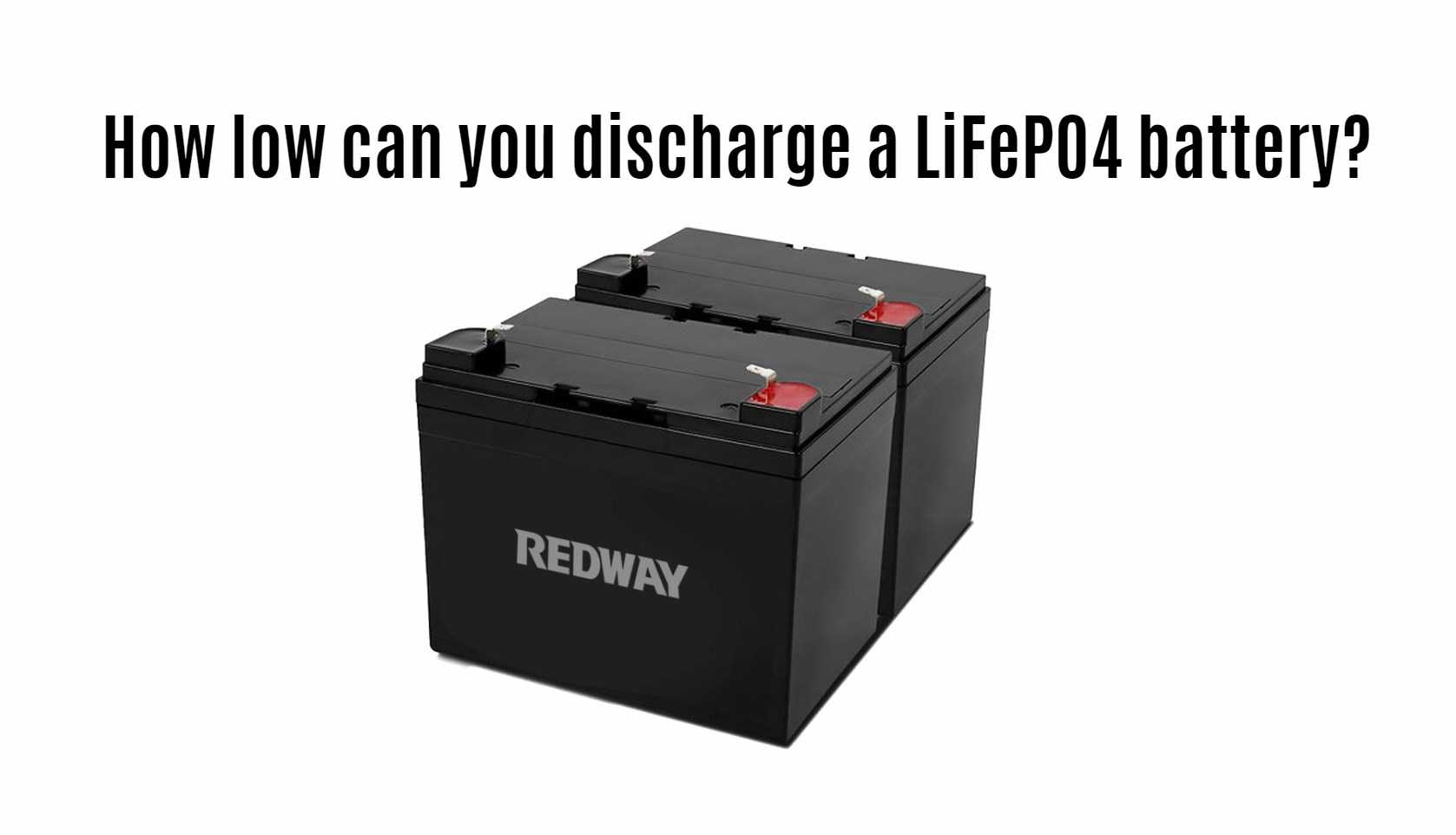When it comes to maximizing the performance and lifespan of LiFePO4 batteries (Lithium Iron Phosphate), understanding the appropriate depth of discharge (DoD) is crucial. This article will explore how low you can discharge a LiFePO4 battery, the implications of deep discharges, and best practices for maintaining battery health.
Understanding Depth of Discharge (DoD)
What is Depth of Discharge?
Depth of Discharge refers to the percentage of the battery’s capacity that has been used. For instance, if you have a 100Ah battery and you use 30Ah, your DoD is 30%. This measurement is essential for determining how much energy you can safely use from your battery without compromising its lifespan.
Wholesale lithium golf cart batteries with 10-year life? Check here.
Recommended DoD for LiFePO4 Batteries
LiFePO4 batteries are known for their resilience compared to other lithium-ion chemistries. The recommended DoD for these batteries is typically around 80%. This means that you can safely discharge up to 80% of the battery’s capacity while still maintaining optimal performance and longevity.
Want OEM lithium forklift batteries at wholesale prices? Check here.
- Example: For a 100Ah LiFePO4 battery, this means you can use up to 80Ah before recharging.
Implications of Deep Discharges
Discharging a LiFePO4 battery below the recommended DoD can lead to several negative consequences:
1. Reduced Cycle Life
While LiFePO4 batteries can handle deeper discharges better than other types, consistently discharging below 20% capacity can significantly reduce their cycle life. A typical cycle life for a LiFePO4 battery at 80% DoD is around 2000 to 3000 cycles, while deeper discharges may reduce this number considerably.
2. Risk of Damage
Going below the safe discharge level can lead to irreversible damage to the cells, resulting in reduced capacity and performance over time.
3. Increased Self-Discharge Rate
When a battery is deeply discharged, it may experience an increased self-discharge rate, leading to faster loss of charge when not in use.
Best Practices for Discharging LiFePO4 Batteries
To maximize the lifespan and performance when discharging your LiFePO4 batteries, consider these best practices:
1. Monitor State of Charge (SoC)
Utilizing a Battery Management System (BMS) can help monitor the state of charge accurately. A BMS provides real-time data on voltage levels and overall health, allowing you to avoid deep discharges.
2. Set Up Alarms or Alerts
Many modern BMS systems come with features that allow you to set alarms or alerts when your battery reaches a specific SoC level. This feature helps prevent accidental over-discharge.
3. Regular Maintenance Checks
Conduct regular inspections on your battery system:
-
Check connections for corrosion or wear.
-
Verify that the BMS displays accurate voltage readings.
4. Avoid Deep Discharge
While LiFePO4 batteries can handle deep discharges better than other types, it is advisable to limit discharge to around 20% capacity to prolong lifespan.
Data Chart: Impact of Depth of Discharge on Cycle Life
| Depth of Discharge (DoD) | Estimated Cycle Life | Usable Capacity (Ah) | Total Energy (kWh) |
|---|---|---|---|
| 100% | ~1000 cycles | 100 | 1.2 |
| 80% | ~2000 cycles | 80 | 0.96 |
| 50% | ~4000 cycles | 50 | 0.6 |
Latest News on LiFePO4 Battery Technology
As of October 2024, advancements in lithium battery technology continue to evolve rapidly:
Enhanced Energy Density
Recent innovations have led to improved energy density in LiFePO4 batteries, allowing them to store more energy without increasing size or weight significantly.
Integration with Smart Technologies
Newer models now feature integrated smart technology that allows users to monitor performance via mobile apps, providing real-time data on charge levels and health status.
FAQs About Discharging LiFePO4 Batteries
1. Can I fully discharge my LiFePO4 battery?
While it is technically possible, regularly discharging your battery fully is not recommended as it can lead to reduced lifespan and potential damage.
2. What happens if I exceed the recommended DoD?
Exceeding the recommended DoD can lead to decreased cycle life and irreversible damage to the cells.
3. How do I know when my battery needs charging?
Monitoring systems or BMS typically provide real-time data on state of charge (SoC).
4. Is it safe to leave my LiFePO4 battery on charge overnight?
Yes, as long as you are using a quality charger designed for LiFePO4 batteries that includes overcharge protection.
Conclusion: Maximizing Performance and Longevity of Your LiFePO4 Battery
In conclusion, understanding how low you can discharge a LiFePO4 battery is essential for optimizing its performance and lifespan. By adhering to recommended depth of discharge levels around 80%, utilizing quality chargers, and monitoring state of charge effectively, we can ensure our energy solutions remain efficient and reliable.At Redway Battery, we specialize in manufacturing high-quality lithium LiFePO4 batteries tailored to meet diverse needs across various applications. For quick quotes on custom solutions or wholesale inquiries, feel free to contact us today!







